MENS LIFESTYLE WITH A HAIRY DIFFERENCE
If I had to pinpoint the moment when my passion for beards began, I would say it was when I got promoted to a senior position at the company I used to work for. All my colleagues were older than me and I needed to give off a certain air of authority. A beard was the obvious solution but I soon realised that sporting facial hair not only gave me more presence; I also really liked how it looked. That was when I knew that my beard was to become an integral part of who I was.
Time has passed and it has remained ever thus. Weve had moments where weve drifted a little, my beard and I, but our relationship can withstand anything. Indeed, by some strange twist of fate, the moment I got married the moment I made a solemn commitment to my partner coincided almost exactly with the moment I made a not dissimilar commitment to my beard: I decided to start a blog called No sin mi barba literally, Not without my beard in English.
What began as a way to cope with a radical change in lifestyle when I moved from Barcelona to A Corua, quickly turned into a mens lifestyle website but with beards as a leitmotiv. The site got such a fantastic reception right from the off that I realised it had been launched at just the right time; that this was the beards time to shine.
As the project went from strength to strength, I received a call from Lunwerg offering me the chance to collaborate with Alfonso Casas on a new project: a book. How could I refuse?
This Bearded Life is not so much a guide as a style handbook. Chapter by chapter, well be exploring a phenomenon which may, for some, be nothing more than a passing trend, but which, for us, is a whole lot more. For us, it is an attitude, a way of life one we would like to share with you.
Were not claiming this to be any kind of great philosophical essay, or an in-depth dermatology lecture, or a hyper-intellectual scientific study on the subject of facial hair. All we want to do is take a look at how beards have been represented and perceived over the years: day-to-day matters, how the bearded mans image has evolved, how beards became a business opportunity, and a guide to whos who in the world of facial hair.

HE THAT HATH A BEARD IS MORE THAN A YOUTH, AND HE THAT HATH NO BEARD IS LESS THAN A MAN WILLIAM SHAKESPEARE
This book reflects the new way of life for the beared man. A way of life we love, which revolves around the principles Ive shared on my website, and one that has no qualms about shouting from the rooftops that a beard is more than just facial hair; its an attitude, a cornerstone of masculinity. And the time has come to explain what that way of life is all about.
This Bearded Life is an interesting collection of observations, musings, advice and recommendations about the world of beards, barbers, and the bearded masses. Its structure, its informative content and its photos and illustrations make this book something akin to a style guide, a how-to manual and a collectors item all rolled into one perfect for beard connoisseurs, for experts and for the curious, and for those with a simply undeniable affinity for all things facial hair.
Weve loved every moment of making this book a reality, and we hope that you enjoy it every bit as much.
Heres to this bearded life!
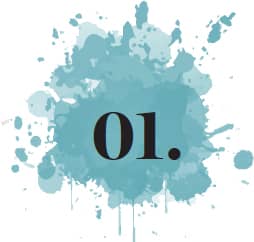
THE ROLE OF BEARDS IN CULTURE AND SOCIETY
The relationship between men and beards dates back to the very beginning of our existence

TO GIVE UP ONES BEARD IS TO GIVE UP MANS MOST FUNDAMENTAL ESSENCE: HIS HAIR.
The relationship between men and beards dates back to the very beginning of our existence. Our faces and other body parts were already covered in hair long before we even learned to walk upright. Throughout their meandering history, beards have taken up residence on the faces of countless men, from pharaohs, to Greek philosophers, to absolutist monarchs. Some even claim that, in early forms of civilisation, only shamans were entrusted with the responsibility of looking after the beards and hair of their cave-dwelling fellow citizens.
Indeed, the role of barber was once such a position of responsibility that, during the Middle Ages, in addition to trimming beards and cutting hair, barbers also carried out tasks usually associated with other professions: taking out teeth, treating patients with cataracts and hernias, drawing blood, and even removing tumours. Fortunately, these practices became much better regulated once the 15th century began, and eventually they were taken out of barbers hands altogether.
Under the influence of the Roman and Carolingian Empires, beards were demonized for many centuries. Anyone seen sporting one was considered, at best, a slob or, at worst, an atheist, and some were even excommunicated. Luckily, the passage of time softened this radical approach, and during periods such as the Renaissance and the Victorian era, beards once again became a sign of sophistication and elegance.
But if there has been any point at which beards have truly taken centre stage, its the 20th century and now the 21st as well. In the 1940s and 50s, bikers began using beards as a demonstration of identity; and the 60s saw the birth of the hippie movement, among whose members beards took on an almost mystical quality. Today, beards are making a Madonna-esque comeback thanks to the rise of hipsters, lumbersexuals and the Twitter generation. But what kind of future lies ahead for our beloved facial hair?

MESOPOTAMIA, EGYPT, GREECE AND THE VIKINGS
For the Akkadians and the Assyrians, beards were a symbol of authority. The same was true of the Egyptians, whose pharaohs used to braid gold threads into their facial hair. For the Greeks, beards represented wisdom, and in Viking culture they were sacred: any Viking who trimmed his beard was sent into exile. They would sign agreements in which they swore never to cut their facial hair, and in many cases their beards earned them nicknames.
Popularity level:



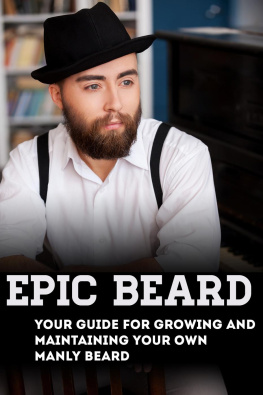

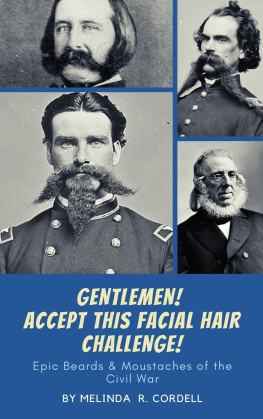
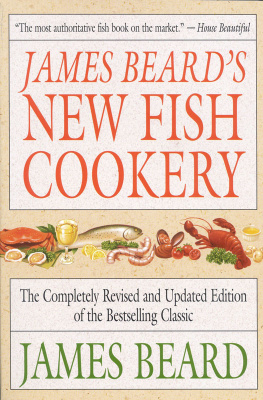

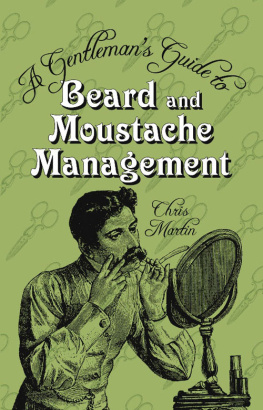

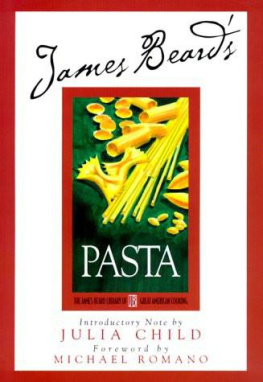
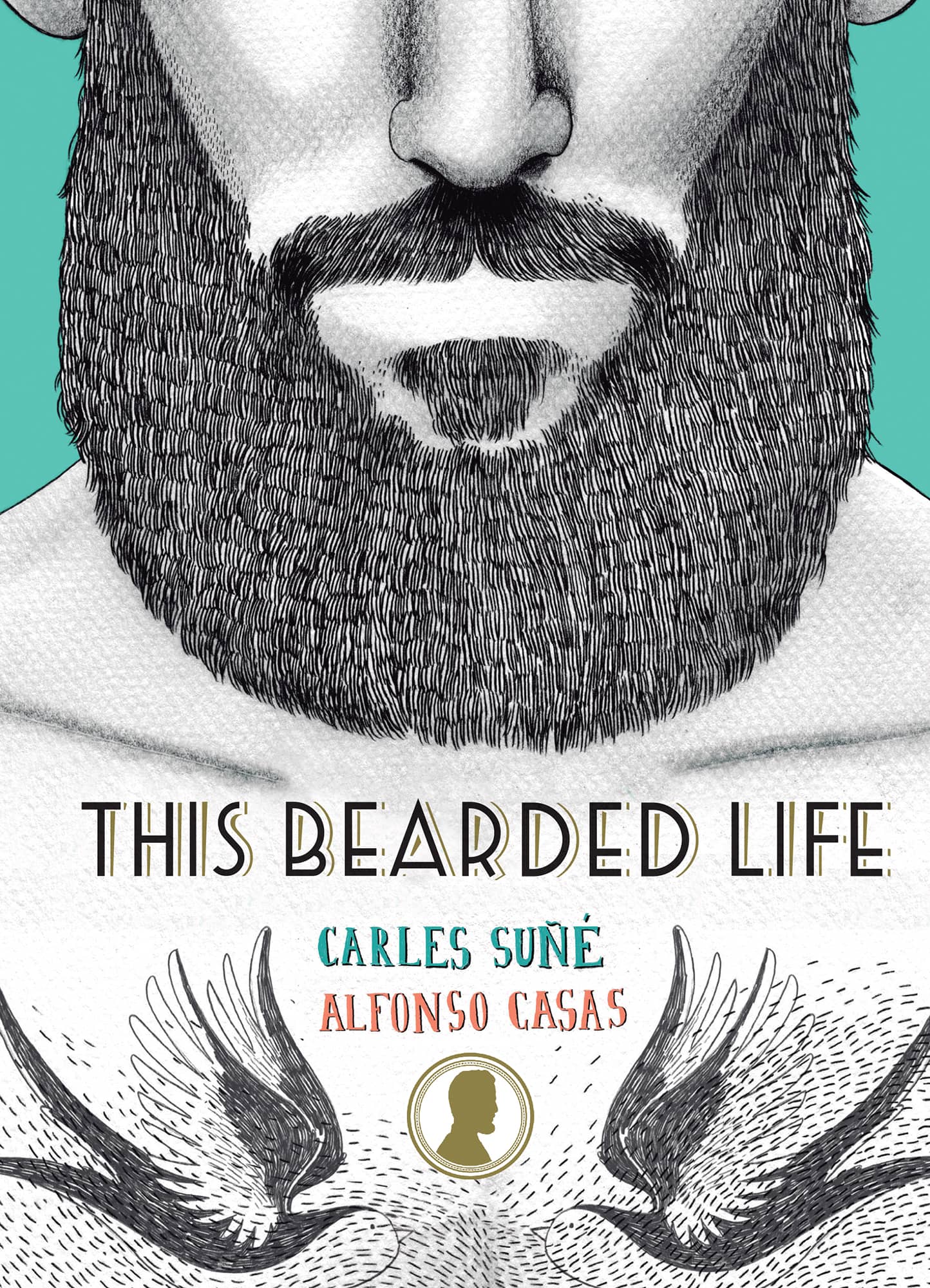

 HE THAT HATH A BEARD IS MORE THAN A YOUTH, AND HE THAT HATH NO BEARD IS LESS THAN A MAN WILLIAM SHAKESPEARE
HE THAT HATH A BEARD IS MORE THAN A YOUTH, AND HE THAT HATH NO BEARD IS LESS THAN A MAN WILLIAM SHAKESPEARE


 TO GIVE UP ONES BEARD IS TO GIVE UP MANS MOST FUNDAMENTAL ESSENCE: HIS HAIR.
TO GIVE UP ONES BEARD IS TO GIVE UP MANS MOST FUNDAMENTAL ESSENCE: HIS HAIR.


